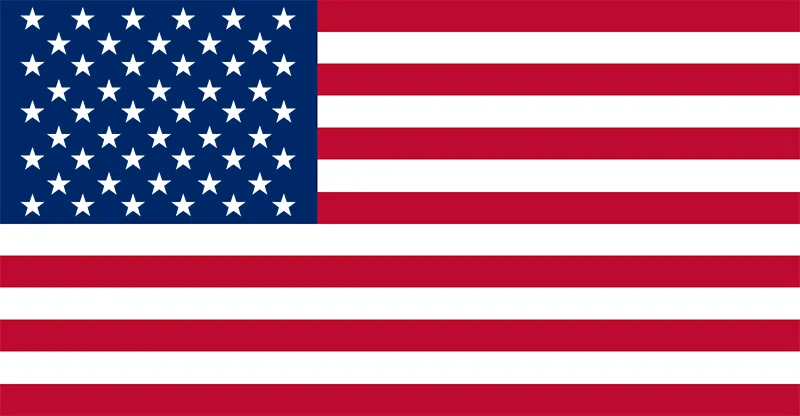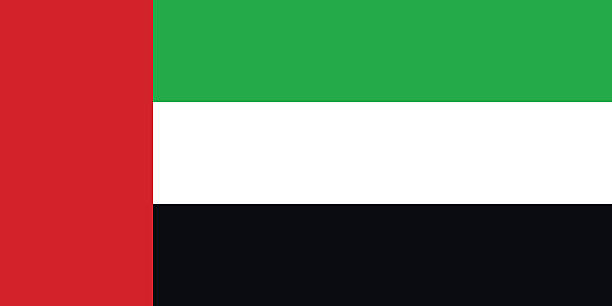Flowcharts are powerful visual tools that help organize information, processes, and decision-making steps in a clear and concise manner. Whether you are planning a project, explaining a complex process, or analyzing data, creating an effective flowchart can greatly enhance understanding and streamline workflows. In this article, we’ll investigate what a flowchart is, the benefits of using flowcharts, different types of flowcharts, how to create a flowchart using Canva, essential tips for designing an effective flowchart, and key takeaways to ensure your flowcharts are impactful and easy to comprehend.
What is a Flowchart?
A flowchart could be a graphical representation of a process or system that uses various shapes and symbols to illustrate the sequence of steps and decision points. It provides a visual roadmap, guiding the viewer through the logical flow of information, actions, or tasks. Flowcharts are widely used in various fields, such as project management, software development, business analysis, and problem-solving.
Benefits of Using a Flowchart
Flowcharts offer several advantages that make them an indispensable tool in many industries:
- Visual Clarity: Flowcharts present complex ideas and processes in a simplified visual format, making it easier for viewers to understand and follow.
- Process Analysis: By mapping out each step and decision point, flowcharts allow for a comprehensive analysis of a process, helping identify bottlenecks, inefficiencies, or areas for improvement.
- Communication Aid: Flowcharts serve as a universal language that can be easily understood by different stakeholders, promoting effective communication and collaboration.
- Error Detection: Flowcharts can help pinpoint potential errors or flaws in a process, enabling timely corrections and preventing costly mistakes.
- Documentation: Flowcharts act as a documented record of processes, making them valuable for training, auditing, and compliance purposes.
A Better Way to Create a Flowchart
Traditionally, flowcharts were created using pen and paper or specialized software. However, with the advent of user-friendly online tools like Canva, designing flowcharts has become more accessible and efficient. Canva provides a range of customizable flowchart templates and intuitive drag-and-drop features, allowing both beginners and professionals to create visually appealing and informative flowcharts with ease.
At Your digital resellers, we specialize in graphic designing services and offer comprehensive solutions to create stunning flowcharts that meet your specific requirements. Our group of experienced originators can assist you in transforming complex ideas into visually captivating flowcharts that effectively convey your message.
Different Types of Flowcharts
Flowcharts can be classified into various types, depending on the reason and the nature of the process being represented. Some common types of flowcharts include:
Process Flowcharts
Process flowcharts illustrate the step-by-step sequence of activities involved in a particular process. They are widely used in project management, manufacturing, and quality control.
Swimlane Flowchartsk
Swimlane flowcharts divide the process into different lanes or sections, each representing a specific role, department, or participant. They are beneficial in visualizing cross-functional processes and identifying responsibilities.
Decision Flowcharts
Decision flowcharts focus on presenting various decision points and the corresponding outcomes based on different conditions or choices. They help in analyzing complex decision-making processes and mapping out all possible scenarios.
Data Flow Diagrams
Information stream graphs outline the stream of information within a system or process, emphasizing how information is input, processed, and output. They are widely used in software development and system analysis.
How to Make a Flowchart with Canva
Creating a flowchart using Canva is a straightforward process. Follow these steps to design your flowchart:
- Choose a Template: Open Canva and select a flowchart template that best suits your needs, or start from scratch.
- Add Shapes: Drag and drop the required shapes from the sidebar onto the canvas to represent different steps, decisions, or actions.
- Connect Shapes: Use arrows or connectors to link the shapes and indicate the flow of the process.
- Customize: Modify the colours, fonts, and sizes of the shapes to match your preferences or your brand identity.
- Add Text: Label each shape with relevant text to provide clear explanations or descriptions.
- Enhance Visuals: Include icons, images, or graphics to make your flowchart visually engaging and more appealing.
- Review and Export: Review your flowchart, make any necessary adjustments, and save or export it in your preferred format.
Canva offers a range of other features and customization options to help you create unique and professional flowcharts that effectively communicate your ideas and concepts.
Tips to Make an Effective Flowchart
To ensure your flowcharts are informative and easy to understand, consider the following tips:
- Keep it Simple: Utilize clear and brief dialect, avoid unnecessary complexity, and eliminate any ambiguity or confusion.
- Use Consistent Symbols: Stick to commonly accepted flowchart symbols to maintain consistency and enhance readability.
- Logical Flow: Arrange the shapes and decision points in a logical and sequential manner to guide the viewer smoothly through the process.
- Use Colors and Formatting: Utilize colours, fonts, and formatting to differentiate between different steps, decision points, or groups of activities.
- Test for Clarity: Share your flowchart with others and gather feedback to ensure it is easily comprehensible to a diverse audience.
- Update and Revise: Flowcharts are not set in stone.
By following these tips, you can create flowcharts that effectively convey your message and provide clarity to your audience.
Key Takeaways
In summary, flowcharts are valuable tools for visualizing and communicating processes, systems, and decision-making steps. Their benefits include enhanced clarity, improved process analysis, efficient communication, error detection, and documentation. With Canva’s user-friendly platform, designing flowcharts has become more accessible than ever. Remember to choose the right type of flowchart for your specific needs and follow best practices such as keeping it simple, using consistent symbols, and ensuring logical flow. By applying these guidelines, you can create effective flowcharts that effectively convey information and streamline workflows. Contact us for more information.



